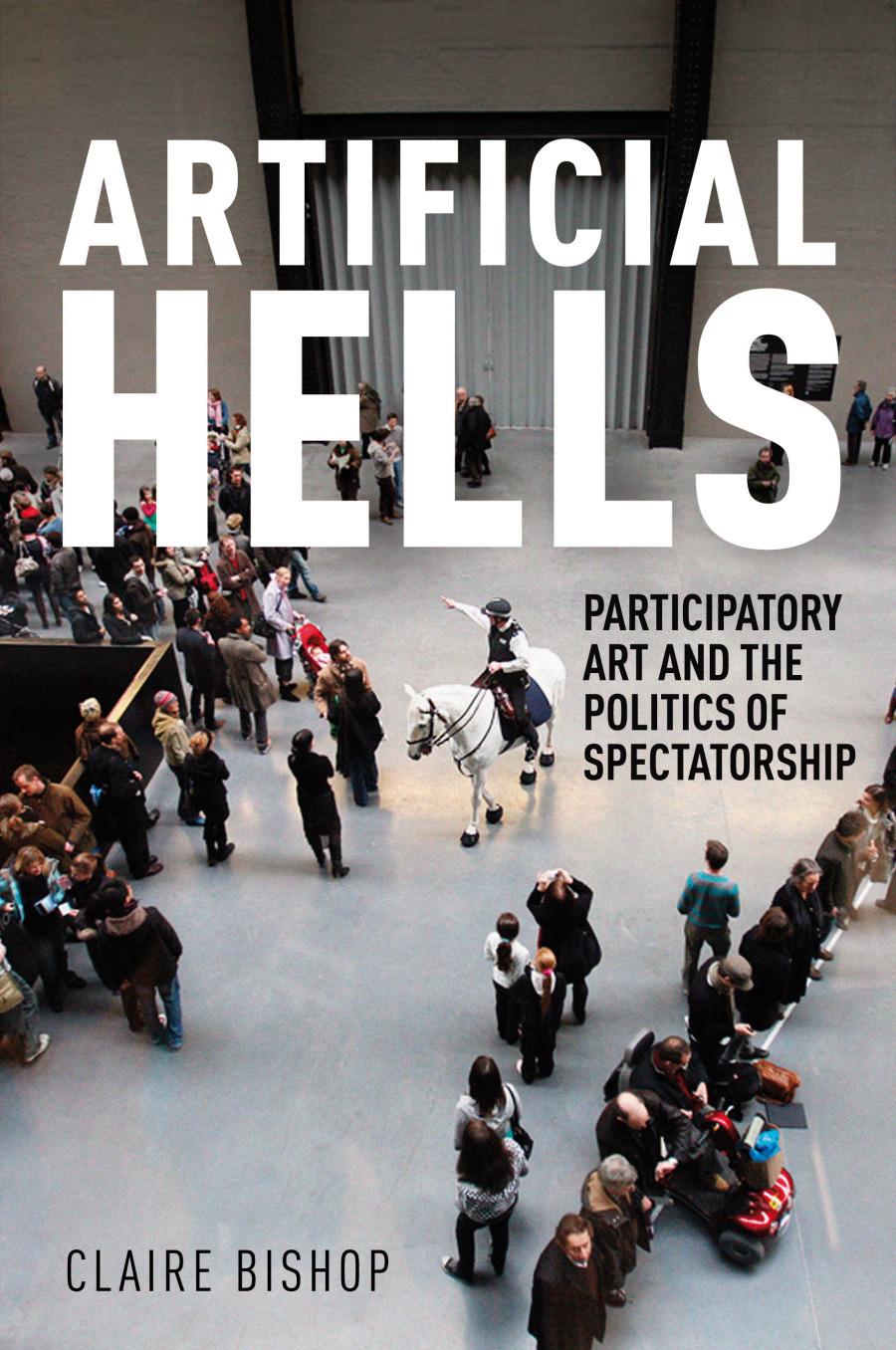Performing the Public: Art & Citizenship
Le public
Le public est-il une masse anonyme et inerte qui ne se réveille qu’en temps de crise ? Les récents mouvements de protestation étaient-ils le présage d’une nouvelle communitas ? L’art peut-il mobiliser les gens ? Le programme que compose le collectif d’écrivains de Belgrade TkH [Walking Theory] pour la série Me, Myself & We s’articule autour de ces questions et de bien d’autres encore. Vous verrez et entendrez :
17:00 • Claire Bishop, auteure du livre très encensé Artificial Hells: Participatory Art and the Politics of Spectatorship (Verso, 2012) + An De Bischop (répondant) ;
18:30 • Ana Vujanović et Bojana Cvejić (TkH), auteures du livre Public Sphere by Performance (Bbooks, 2012) + Sven Augustijnen (répondant) ;
PAUSE
20:30 • Yugoslavia, How Ideology Moved Our Collective Body, un film documentaire de Marta Popivoda (TkH/Les Laboratoires d’Aubervilliers/Udk, 2012), sur les manifestations de masse dans l’espace public + Geert Opsomer (répondant).
on Artificial Hells by Claire Bishop:
Since the 1990s, critics and curators have broadly accepted the notion that participatory art is the ultimate political art: that by encouraging an audience to take part an artist can promote new emancipatory social relations. Around the world, the champions of this form of expression are numerous, ranging from art historians such as Grant Kester, curators such as Nicolas Bourriaud and Nato Thompson, to performance theorists such as Shannon Jackson.
Artificial Hells is the first historical and theoretical overview of socially engaged participatory art, known in the US as “social practice.” Claire Bishop follows the trajectory of twentieth-century art and examines key moments in the development of a participatory aesthetic. This itinerary takes in Futurism and Dada; the Situationist International; Happenings in Eastern Europe, Argentina and Paris; the 1970s Community Arts Movement; and the Artists Placement Group. It concludes with a discussion of long-term educational projects by contemporary artists such as Thomas Hirschhorn, Tania Bruguera, Paweł Althamer and Paul Chan.
Since her controversial essay in Artforum in 2006, Claire Bishop has been one of the few to challenge the political and aesthetic ambitions of participatory art. In Artificial Hells, she not only scrutinizes the emancipatory claims made for these projects, but also provides an alternative to the ethical (rather than artistic) criteria invited by such artworks. Artificial Hells calls for a less prescriptive approach to art and politics, and for more compelling, troubling and bolder forms of participatory art and criticism.
Nina Power on Public Sphere by Performance:
There are few questions as politically pressing as that of the public – who it is, what it desires, and perhaps more crucially, who wants to destroy it in the name of neoliberal privatization and the 'order' imposed by the state's own image of a 'public' mobilized against its own people. By addressing the question of the public through the prism of performance, Bojana Cvecic and Ana Vujanovic actually outline the past, present, and future of the 'public' in an era when all of its supports – the welfare state, a strong image of democracy, collective movements – have been marginalized or destroyed.
Marta Popivoda on Yugoslavia, How Ideology Moved Our Collective Body:
'Our research has involved collecting and analyzing film and video footage from the socialist period in Yugoslavia pertaining to the more specific question: What constitutes the public sphere in a communist state? Our focus has been on mass public performances; both state-sponsored performances in socialist Yugoslavia (like youth work actions, May Day parades, Youth Day celebrations, etc.) and counter-demonstrations in the period after the breakup of SFRYugoslavia (student protests and civic demonstrations in the 90s, the 5th October Overthrow, etc.).
We have been looking at public space and public sphere in the context of liberal socialism, and have inferred that it consisted of three elements in a constantly renegotiated relationship. Those three elements are: the people – ideology – the state.'
A House on Fire project; with the support of the Culture Programme of the European Union + HoF Logo + UE Logo

